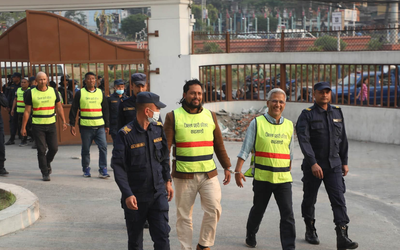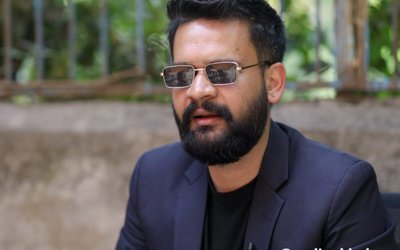More on News





Blind curves, gravels, crumbling edges, puddles, smoke, traffic and honking at every curve, which is barely necessary - welcome to the capital city of Nepal, Kathmandu. The roads are bumpy and not traffic worthy at all.
The government’s current project of widening the roads has actually ruined the road system around the capital even more. The authorities have been demolishing the existing roads but haven’t really started the construction of new and wider roads yet. This has not only been increasing the traffic but has also increased the number of road accidents around Kathmandu. Walking around the city is now a nightmare, where you will barely notice people without a mask.
The government authority and the people are often accused of having no civic sense and both drivers and pedestrians don’t really seem to care and follow the traffic rules.
Why hasn’t the government started construction at an equally fast rate as it has been demolishing the roads? Shouldn’t the construction take place simultaneously? Is the government ever going to complete the road construction?
The road system of a country is one of the basic infrastructures. The development and expansion of roads is a basic requirement for the development of a country. The roads generally have two or more lanes, but not the ones in Nepal. The longest highway in Nepal, the Mahendra Highway, is also mostly one lane in each direction and barely qualifies as a highway according to international standards. The highways in Nepal do not meet up to the western standards leave alone the roads in the city. The highways also have a million potholes. Once a road is constructed, no one really cares about the maintenance and repair of these roads.
Being able to drive in the city takes real skill and challenge. Let’s leave alone the condition of roads in the city, the other most annoying habit of the drivers apart from driving recklessly is honking. Honking both where it’s necessary and where it isn’t is like a culture deep rooted in our society and is extremely difficult and almost impossible to change. If you are on a long drive or would want to go for one, you will barely get an opportunity to sit back, relax, and enjoy the beautiful scenery along the way because the horns are constantly blowing. But once you have spent a few days in the country, you eventually get used to the honking and learn to ignore it.
I choose to ignore both the infrastructure issues and the honking issue, and most of us do the same because there is nothing we can do to change the things that are so deep-rooted in our culture, and of course, we have no influence over the government’s decision.







